Long-Term Development Plan for Baseball
In a recent survey I posted on my Instagram and Twitter accounts, I asked a series of questions for baseball players, and their personal experience with their long-term development. I had a tremendous response, including MLB players, Minor League players, players from all NCAA divisions, & high school athletes. Thank you to all who took the time and submitted their answers!
There were 2 important questions that I want to share with you…
Question #1
“Do you wish you started strength training at an earlier age to help your long-term development?”
96% responded with a YES.
Of the 4% who said no, were all under the age of 15 when they first started a lifting program.
Question #2
“What advice would you give to an athlete in high school about when to start strength training?”
98% of responded by saying they should have already started, ASAP, or prior to high school.
I wanted to break down the long-term development and talk about goal setting, and what exactly is a periodized training program.
Planning Out Your Long-Term Success
What Is Periodization?
This is your planning and process for long-term success. Based on your sport, age, competitiveness, and other factors, planning for your on-field performance is crucial.
Following a periodized program will help layout your foundation for where you currently are, and where you would like to get.
This could be 1 month down the road, 3 months, or a year. Having that plan allows you to steadily progress your workout program as you begin to see results!
What Are Macrocycles?
This is the annual plan. Long term, this prepares your athlete or client to peak at their performance day or season.
- Off-season
- This is your longer duration phase and where you will see adaptations and building capacities.
- This is where you should be making the largest impact on your performance.
- In-season
- Maintaining what was built during the off-season. Maintaining movement patterns, body positions, and strength.
- Depending on your age, this can also be used to continue to build on your previous success. This is commonly seen in youth and middle school ages.
- Transition Phases
- Post Season work. This helps the body repair, recover, rest, and regenerate. Depending on the age, athlete, sport, this phase can be 3-5 weeks.
What Are Mesocycles?
Mesocycles are phases/months of training that can range from 2-6 weeks depending on the athlete. The mesocycle is where you can have your adaptations, and changes. With higher level athletes, you can begin to have different program variations (triphasic, contrast, VBT, hypertrophy, etc.) based on goals, and what the athlete is prepared for.
There will be anywhere from 3-10 mesocycles in a macrocycle based on age, sport, and level.
These smaller cycles enable athletes to progressively improve upon an area of their training in a systematic manner. Focusing on making sure the athlete understands the purpose behind their training and can set short-term, more manageable goals to help whatever long-term goals they may have.
What Are Microcycles?
These are commonly smaller programs, sometimes a week. This may be seen more during in-season, or if a client is traveling a lot for sport… for example, summer baseball travel. You may have to adjust weekly based on how the body is feeling, games, practices, and travel. This is where client rapport comes in, so you can communicate with them.
I have many athletes who we adjust the workout based around how they walked in the door. Some may come in tight after a game or travel, and just not in a good position to perform the planned lift.
Making that decision can be something that can keep an injury away! For example, if you have a stiff back after a ski trip, just because your program calls for deadlifts, does not mean you have to perform them. Instead, consider performing other exercises that are not strenuous for the back and moving your deadlift routine to a different day until your discomfort is eliminated.
Based on that chart, those are some of the questions and what I commonly see after training baseball players from all levels (MLB, MiLB, NCAA, High School, Youth).
Be sure to apply these principles to your training for the best performance results. These principles can be used across all ages for long-term athletic success.
Need an Offseason Training Program?

Check them out below:
- Click here for more information on our Advanced Baseball Training Program
- Click here for more information on our Youth Baseball Training Program
Nick Esposito
Latest posts by Nick Esposito (see all)
- 5 Sprint Drills Designed for Baseball Players - October 8, 2019
- Nutrition for Baseball Performance - September 10, 2019
- The 3 Foundations to Your Nutrition: Macronutrients - August 13, 2019

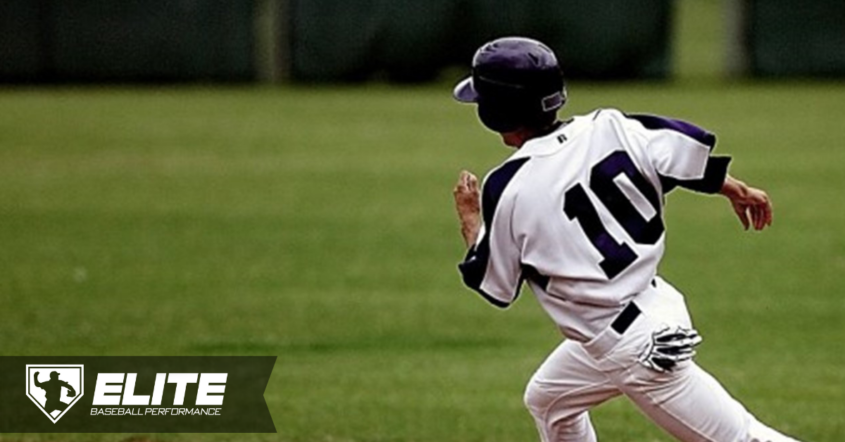





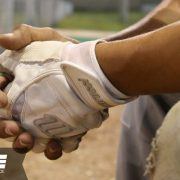
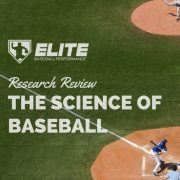
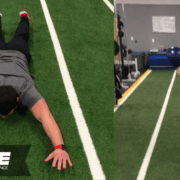
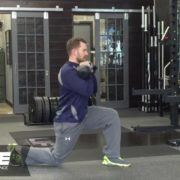


Nick, fantastic content! Thank you for sharing…understanding these concepts can make a huge impact in training (and rehabbing) athletes. Great article!